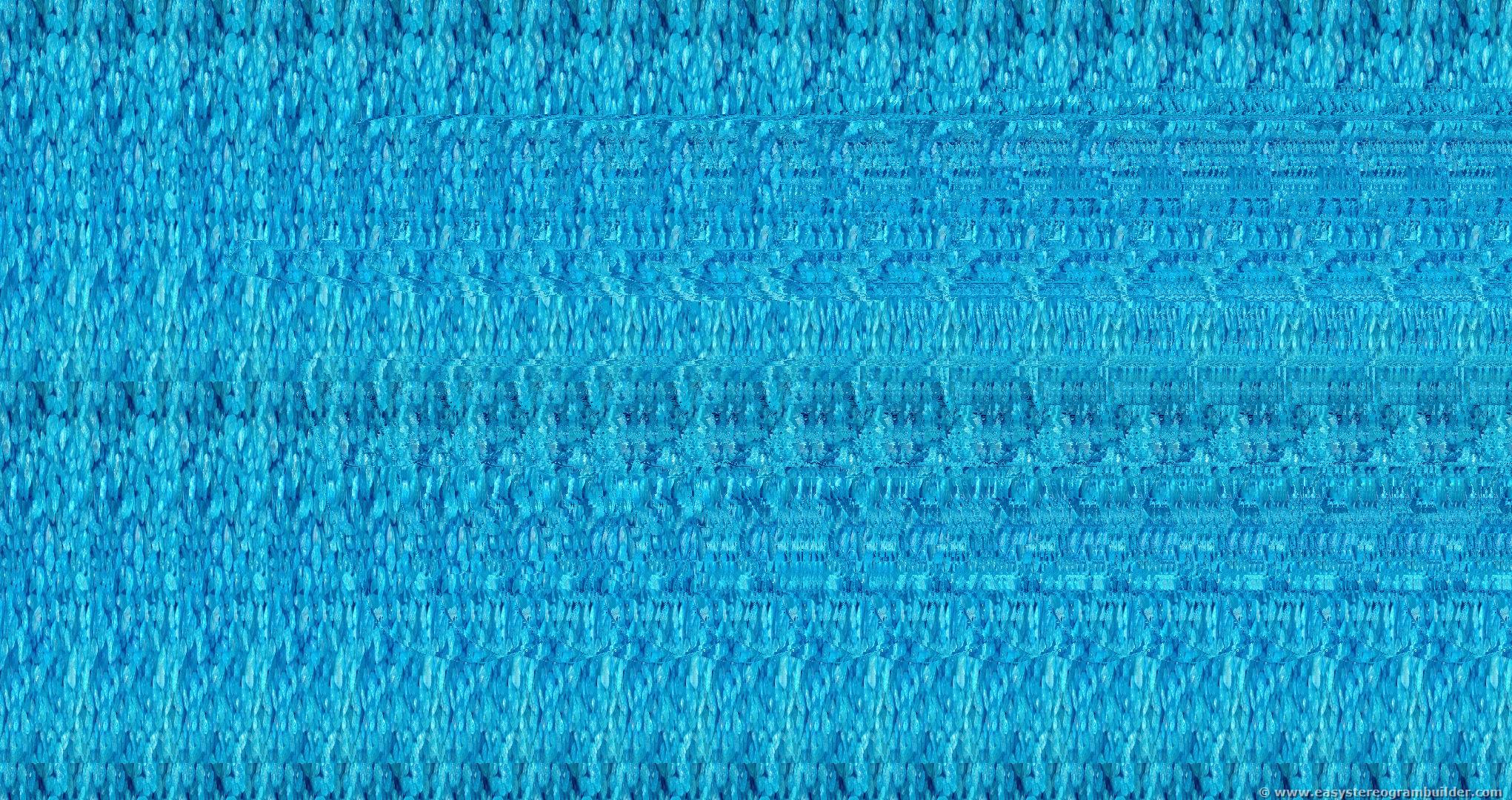What hides this stereogram?
Brain Teasers
[1876] What hides this stereogram? - Stereogram - 3D Image - #brainteasers #stereogram #3Dimage

2016-01-29
Jacob BernoulliBorn 27 Dec 1654; died 16 Aug 1705 at age 50. Jacob Jacques Bernoulli was a Swiss mathematician and astronomer who was one of the first to fully utilize differential calculus and introduced the term integral in integral calculus. Jacob Bernoulli's first important contributions were a pamphlet on the parallels of logic and algebra (1685), work on probability in 1685 and geometry in 1687. His geometry result gave a construction to divide any triangle into four equal parts with two perpendicular lines. By 1689 he had published important work on infinite series and published his law of large numbers in probability theory. He published five treatises on infinite series (1682 - 1704). Jacob was intrigued by the logarithmic spiral and requested it be carved on his tombstone. He was the first of the Bernoulli family of mathematicians, and the brother of Johann Bernoulli.Name also spelled Jakob, a.k.a. Jacque I or James I. Birth date 27 Dec 1654 (Old Style) is 6 Jan 1655 [New Style). |